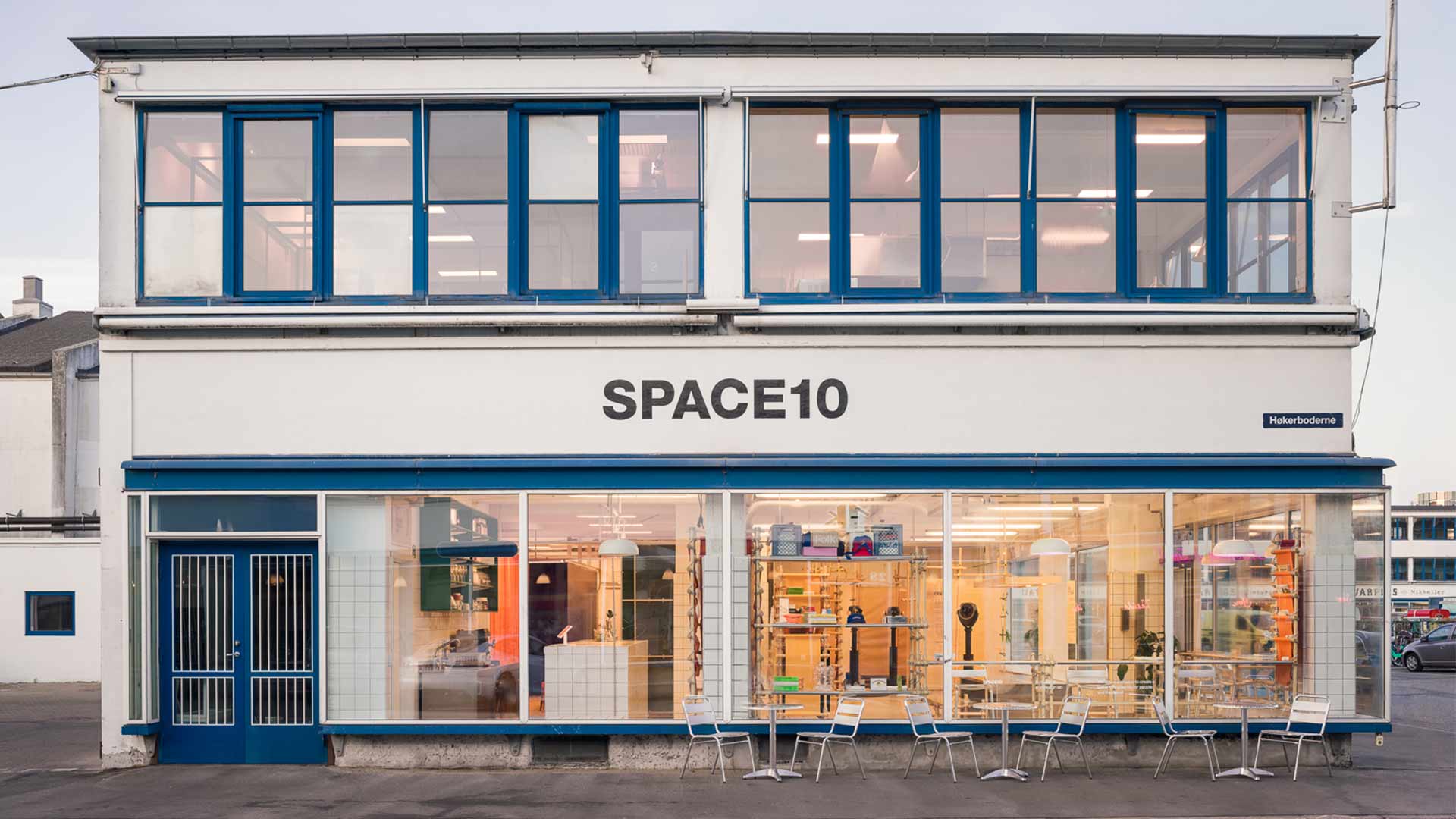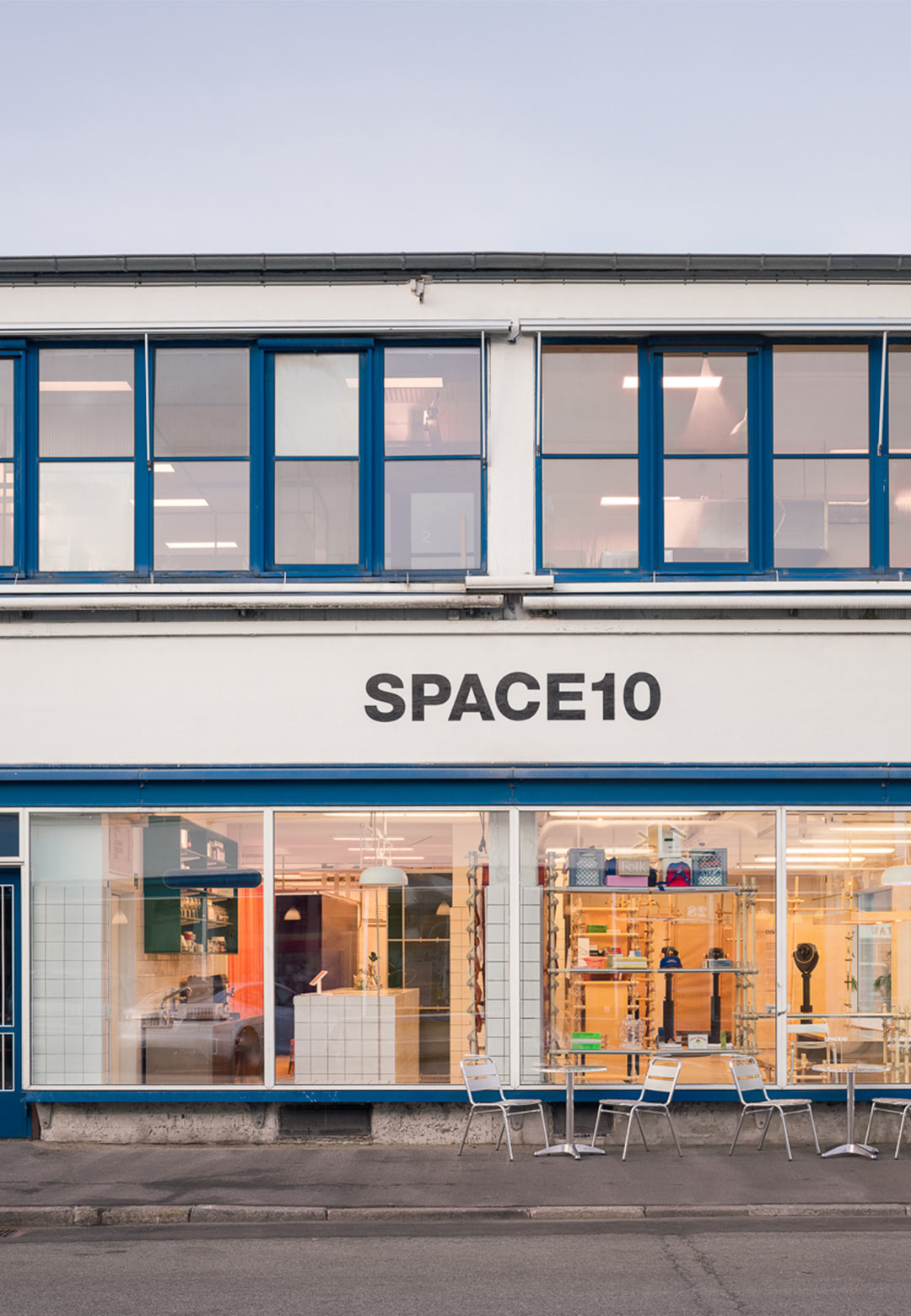One sunny morning, a few months before the COVID pandemic hit our lives and changed everything, we sat down with Kaave Pour, Danish cultural entrepreneur and founder of design and research lab SPACE10, at the STIR Gallery in New Delhi, India. Then, SPACE10 hosted a popup near our gallery space, and we invited Pour over for a conversation encompassing the genesis of SPACE10, the role of technology in design, and the value of a collective. His emphasis on the value of technology towards enabling a healthier and happier planet was better understood when people, locked up for months at home, found hope, connections, and newer ways of living. After countless projects, a collective of creators, multidisciplinary innovations, books, reports, design prototypes, and exemplary research, the Copenhagen-based think tank of IKEA is set to close, after almost a decade.
Since its inception in 2014, SPACE10 has been fully funded and dedicated to Swedish furniture giant IKEA. Comprising a core team of 23 people working from its studio in Copenhagen, Denmark, it became a name to reckon with for its outside-in approach to design, being community-oriented, and being transparent in letting the general public access its concepts and research. When SPACE10 released news of winding down all its operations on August 31, 2023, I quickly went back to my conversation with Pour, to see if I could find cues, as to why this decision had been made. And I did find something.
Pour referred to SPACE10 as a project, instead of a practice, highlighting its temporary nature. He also mentioned how the bigger purpose behind one’s work is what inspires each of its members. “You go where the energy is,” he said, and that perhaps, helps quell some of the curiosity.
In an official press statement, Pour elaborates on this transition—“SPACE10 was never meant to last, and after a decade working with IKEA, we have achieved what we initially set out to accomplish. We feel immensely proud to have influenced one of the biggest design companies in the world while making our ideas portable, and shaping conversations in everything from technology to design, architecture, and food.”
“We know the vision and values of SPACE10 will continue to spread to new places and organisations via our incredible team, the 500 partners we’ve worked with throughout the years and the 250,000 people in our community. SPACE10 will only close as a company, while the mission lives on,” he asserts.
Over the years, SPACE10 explored a wide range of multifaceted ideas—from flat-pack housing, self-driving cars, and vertical farming, to distributing clean energy, open source designs, and experiments with generative AI, as well as smart home concepts. The lab's work has also been exhibited at various coveted museums across the world including the Design Museum in London, the UN Habitat HQ in Nairobi, and the Smithsonian in Washington DC.
STIR looks back at three key projects by the design lab that have furthered the role of technology in enabling a sustainable future:
1. Kaleidoscopic Home
SPACE10 partnered with Australian designer duo Tin & Ed for their exhibition titled Kaleidoscopic Home, as part of IKEA’s 'Everyday Experiments,' a digital platform that provides space for technological experimentation geared towards improving the indoor lives of people. Featuring organic and colourful sculptures, the aim of this design exhibition was to showcase how an otherwise familiar room can be transformed into something unexpected, striking a playful balance between order and chaos, relaxation and stimulation.
2. Bee Home
Designed as a customisable habitat for bees, SPACE10's 'Bee Home' is an open-source project designed in collaboration with interior and product designer Tanita Klein, and digitally-led studio Bakken & Bæck. The project allowed anyone to design their own bee home, which can be further fabricated locally using a CNC machine. 'Bee Home' was conceived as a friendly habitat for solitary bees that contribute to one-third of the food we eat, yet is largely overlooked and not known by many.
3. The Augmented Human
'The Augmented Human' report recaps how we got to the point where technology and humans seamlessly interact. The study anticipates likely components of the next paradigm shift, imagining how computer interfaces could soon change, how augmented intelligence might transform technology, and how organisations and businesses are getting a foothold in this complex but opportunity-filled arena. It asks a simple question—where do we go from here?
From the beginning, SPACE10’s message has been clear, something that Pour mentioned in our conversation—“If you want to succeed, you need to be part of a collective and you must become a movement beyond your own ability to create. That means, a lot of new perspectives, new people, different cultures, backgrounds, and ideas; a lot of chaos, and hopefully, a lot of ambition in making sure that you just don’t talk about things, but you act on them.” To celebrate a decade of innovation, a new website has been released by SPACE10 featuring selected works, in addition to collating internal presentation templates, guidelines, and a team handbook for the general public to access. The lab will wind down all its operations on September 01, 2023.






 Sign in with email
Sign in with email








What do you think?